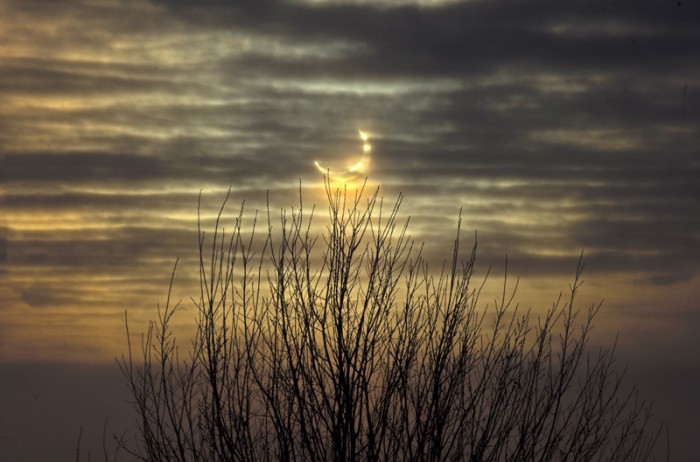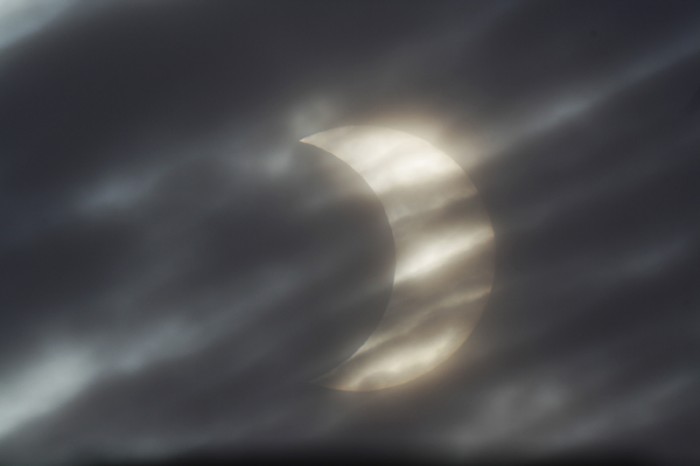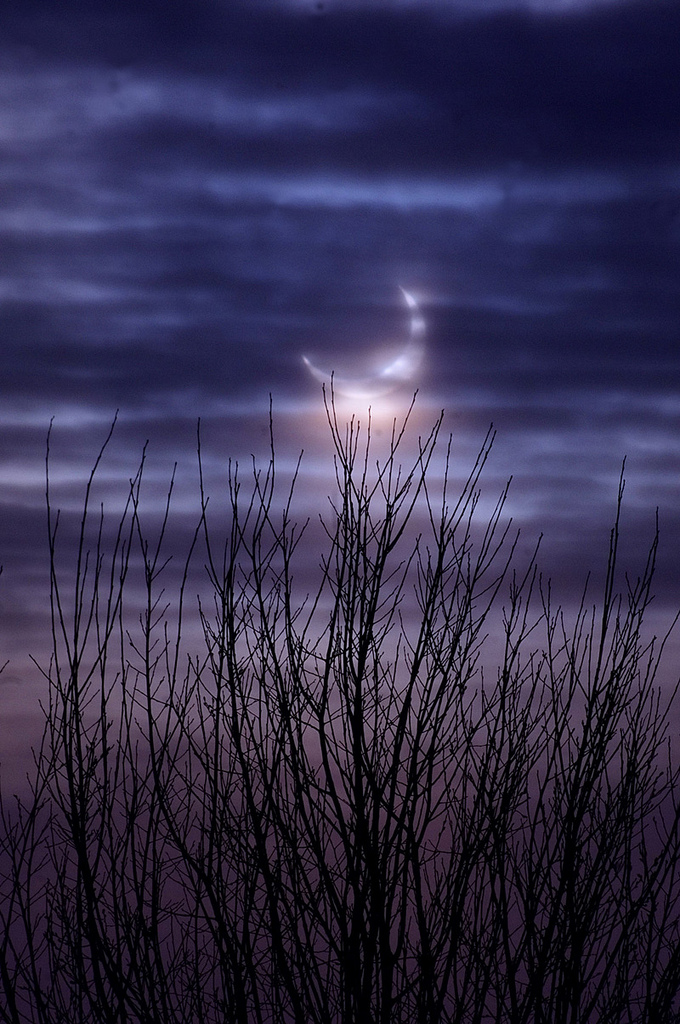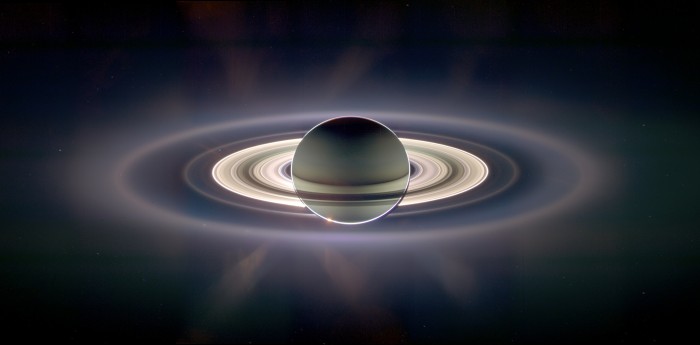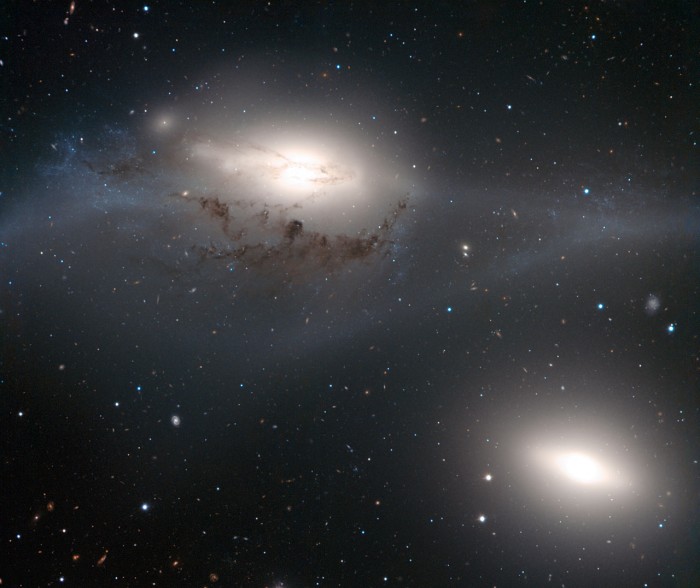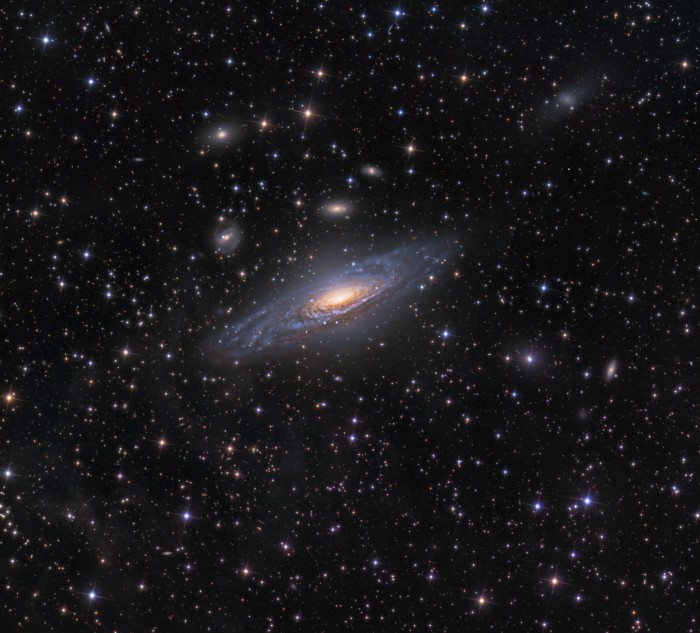January 2011 Solar Eclipse Seen from Finland
Some amazing photographs of the solar eclipse on January 4th, 2011, as seen from Turku, Finland:
Photos by Tapani Isomaki via Universe Today
Saturn's Fascinating Hexagon
From 2008, in a video interview with NASA JPL scientist Kevin Baines:
In 2010, the effect was simulated in a laboratory (paper):
https://www.youtube.com/watch?v=8eH8dJgJG-c
However, it is still unknown what would cause a jet streams to generate such a hexagon on Saturn:
The experimenters postulate that a similar process is occurring on Saturn where the cylinder would be analogous to Saturn’s rotation and the “jet stream” would be analogous to an actual jet stream with an angular velocity greater than that of the planet’s rotation. It is still unknown what exactly would generate such a jet stream and especially one at just the right angular velocity to produce a hexagon.
I love stuff like this. It’s not so much the speculation and suspicion of something or someone else having created it—and it’s highly unlikely that this is anything but a natural phenomenon—but rather knowing that this is completely weird, and we have no clue why it’s there. It’s nice to be reminded at times that there are a lot of things we don’t know very much about—fuel for any inquisitive scientist!
via reddit
In the Shadow of Saturn
This is an actual image:
Can you see Earth?
From NASA APOD:
In the shadow of Saturn, unexpected wonders appear. The robotic Cassini spacecraft now orbiting Saturn drifted in giant planet’s shadow for about 12 hours in 2006 and looked back toward the eclipsed Sun. Cassini saw a view unlike any other. First, the night side of Saturn is seen to be partly lit by light reflected from its own majestic ring system. Next, the rings themselves appear dark when silhouetted against Saturn, but quite bright when viewed away from Saturn, slightly scattering sunlight, in this exaggerated color image. Saturn’s rings light up so much that new rings were discovered, although they are hard to see in the image. Seen in spectacular detail, however, is Saturn’s E ring, the ring created by the newly discovered ice-fountains of the moon Enceladus and the outermost ring visible above. Far in the distance, at the left, just above the bright main rings, is the almost ignorable pale blue dot of Earth.
The Eyes
From ESO:
ESO’s Very Large Telescope has taken a striking image of a beautiful yet peculiar pair of galaxies nicknamed The Eyes. The larger of these, NGC 4438, was once a spiral galaxy but has become badly deformed by collisions with other galaxies in the last few hundred million years. This picture is the first to come out of ESO’s Cosmic Gems programme, an initiative in which ESO has granted dedicated observing time for outreach purposes.
The Eyes are about 50 million light-years away in the constellation of Virgo (The Virgin) and are some 100 000 light-years apart. The nickname comes from the apparent similarity between the cores of this pair of galaxies — two white ovals that resemble a pair of eyes glowing in the dark when seen in a moderate-sized telescope.
NGC 7331 and Beyond
From NASA APOD:
Big, beautiful spiral galaxy NGC 7331 is often touted as an analog to our own Milky Way. About 50 million light-years distant in the northern constellation Pegasus, NGC 7331 was recognized early on as a spiral nebula and is actually one of the brighter galaxies not included in Charles Messier’s famous 18th century catalog. Since the galaxy’s disk is inclined to our line-of-sight, long telescopic exposures often result in an image that evokes a strong sense of depth. The effect is further enhanced in this sharp image by galaxies that lie beyond the gorgeous island universe. The background galaxies are about one tenth the apparent size of NGC 7331 and so lie roughly ten times farther away. Their close alignment on the sky with NGC 7331 occurs just by chance. Seen here through faint foreground dust clouds lingering above the plane of Milky Way, this visual grouping of galaxies is also known as the Deer Lick Group.

